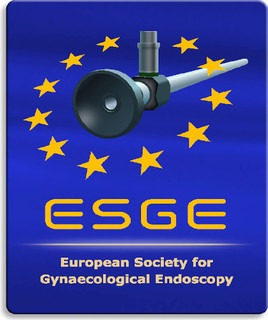Laparoscopic Ovarian Transposition and Ovariopexy for Fertility Preservation in Patients Treated with Pelvic Radiotherapy with or without Chemotherapy
Ovarian transposition, ovariopexy, pelvic radiation, fertility preservation, cancer
Published online: Jan 24 2020
Abstract
Background: Preservation of fertility in cancer patients of reproductive age is a concern for both the patient and the clinician. In this study, we aimed to study the effectiveness of laparoscopic ovarian transposition or ovariopexy in preserving ovarian function in women undergoing pelvic radiotherapy with or without chemotherapy for pelvic tumours.
Methods: The records of patients who underwent laparoscopic ovarian transposition or ovariopexy prior to pelvic radiation therapy between 2002 and 2018 were reviewed retrospectively.
Results: Thirty-nine women or adolescent girls with a diagnosis of cervical cancer (n=15), Hodgkin’s lymphoma (n=6) or other types of pelvic tumours (n=18) were included in the study. The majority of patients had bilateral (n=25) or unilateral (n=8) ovarian transposition prior to radiotherapy. Nine out of 10 (90%) patients with soft tissue tumors, Ewing sarcoma or ependymoma, five out of seven (71.4%) patients with Hodgkin’s lymphoma, two patients (100%) with rectal and anal cancer, and six out of 15 (40%) with cervical cancer retained ovarian function. Patients with cervical cancer, those who received concomitant chemotherapy and those older than 30 years were more likely to experience ovarian failure. Five patients conceived spontaneously and two women had four live births.
Conclusion: Laparoscopic repositioning of the ovaries out of the radiation field in order to protect ovarian function in patients receiving radiotherapy appears to be effective in the majority of patients. The procedure seems safe and should be considered either as a sole procedure or in association with other fertility preservation methods prior to pelvic radiotherapy.



